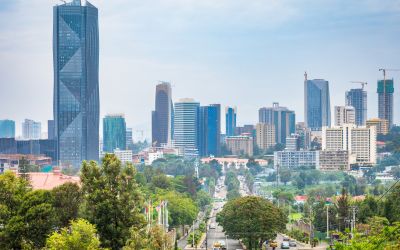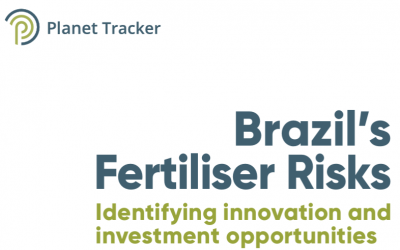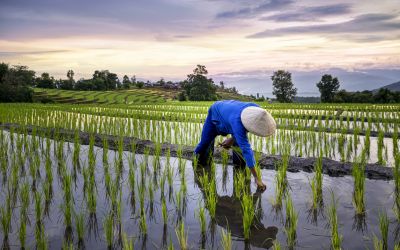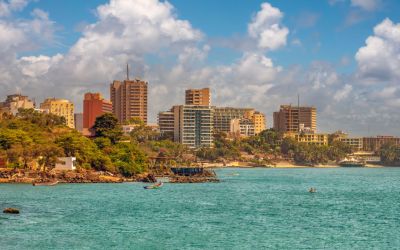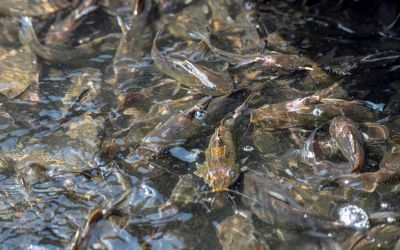Chad to benefit from new forest monitoring systems in Central Africa
The Food and Agriculture Organisation (FAO) will implement a €6 million regional initiative in Central Africa that will deliver advanced forest monitoring systems and could pave the way for Reducing Emissions from Deforestation and Forest Degradation in Developing Countries (REDD) projects in the region.

The Food and Agriculture Organisation (FAO) will implement a €6 million regional initiative in Central Africa that will deliver advanced forest monitoring systems and could pave the way for Reducing Emissions from Deforestation and Forest Degradation in Developing Countries (REDD) projects in the region.
The ten countries are part of the Congo Basin and include Burundi, Cameroon, Central African Republic, Chad, the Democratic Republic of the Congo, the Republic of the Congo, Equatorial Guinea, Gabon, Rwanda and São Tomé and Principe.
The forestry project will be managed jointly by the Central Africa Forests Commission (COMIFAC) and the FAO in close collaboration with the Brazilian National Institute for Space Research (INPE).
The FAO will provide technical support to the countries enabling them to use remote sensing technologies to estimate forest cover and forest cover changes as well as to estimate the amount of carbon stocks contained in forests in the region.
The project will also assist countries in preparing funding proposals for creating reliable and sustainable forest monitoring systems for each country, as part of the REDD+ initiative (Reducing Emissions from Deforestation and Forest Degradation in Developing Countries).
It will also help strengthen regional cooperation and experience sharing, the UN food agency indicated.
The forests of Africa’s Congo Basin, approximately 200 million hectares, are one of the world’s largest primary rainforests, second only to the Amazon. The region’s forests support the livelihoods of some 60 million people.
According to COMIFAC, the gross deforestation annual rate in the Congo Basin was 0.13% between 1990 and 2000 and it doubled in the period of 2000-2005.


